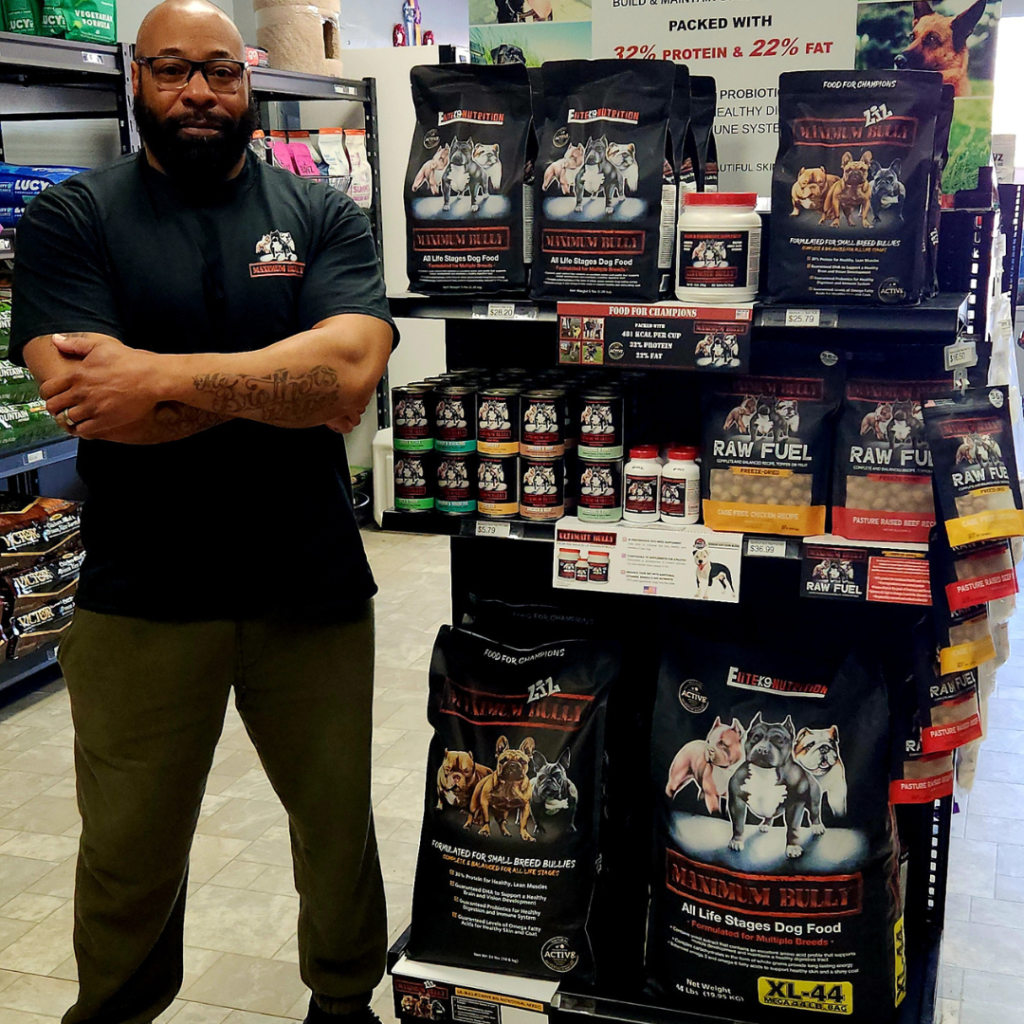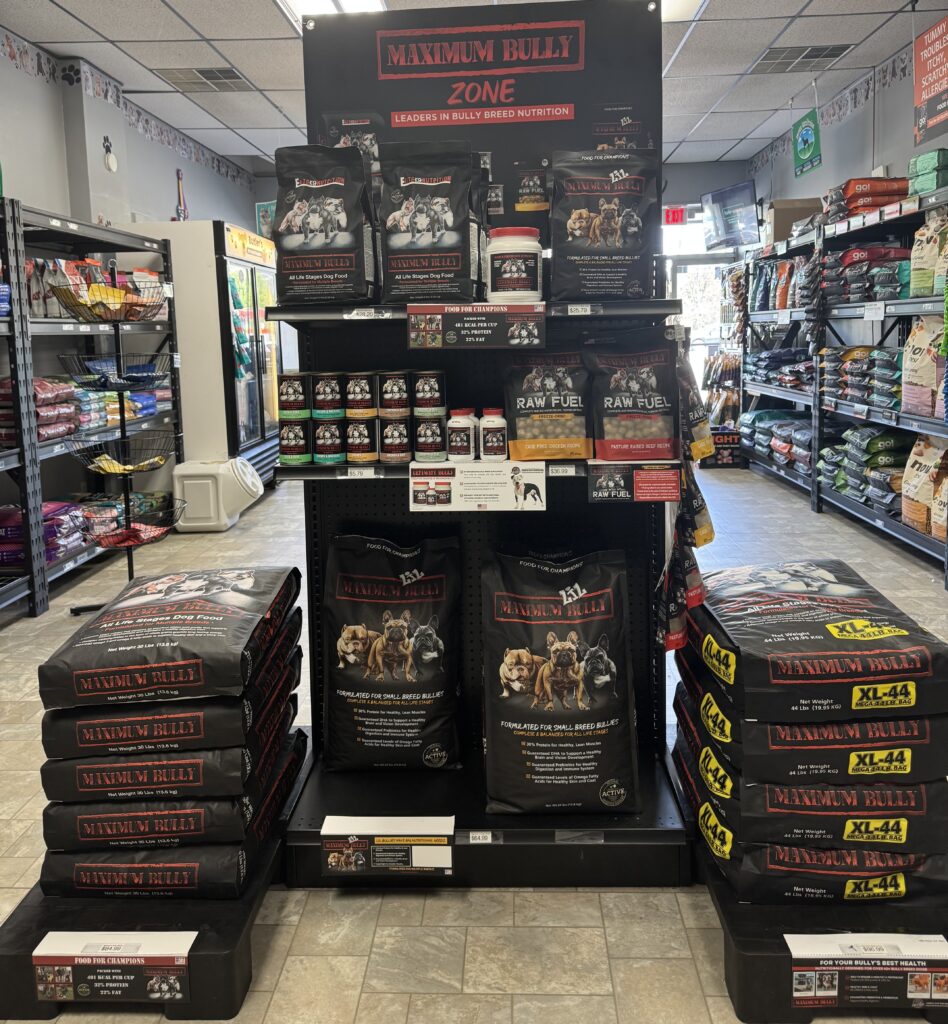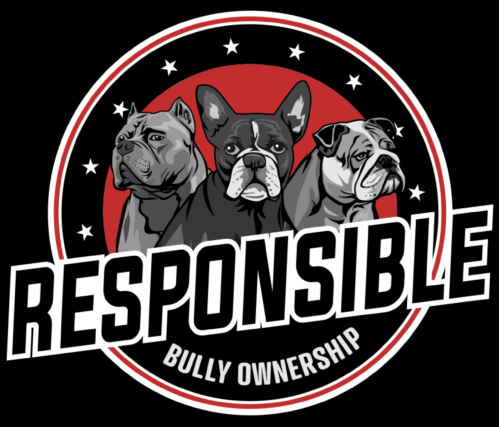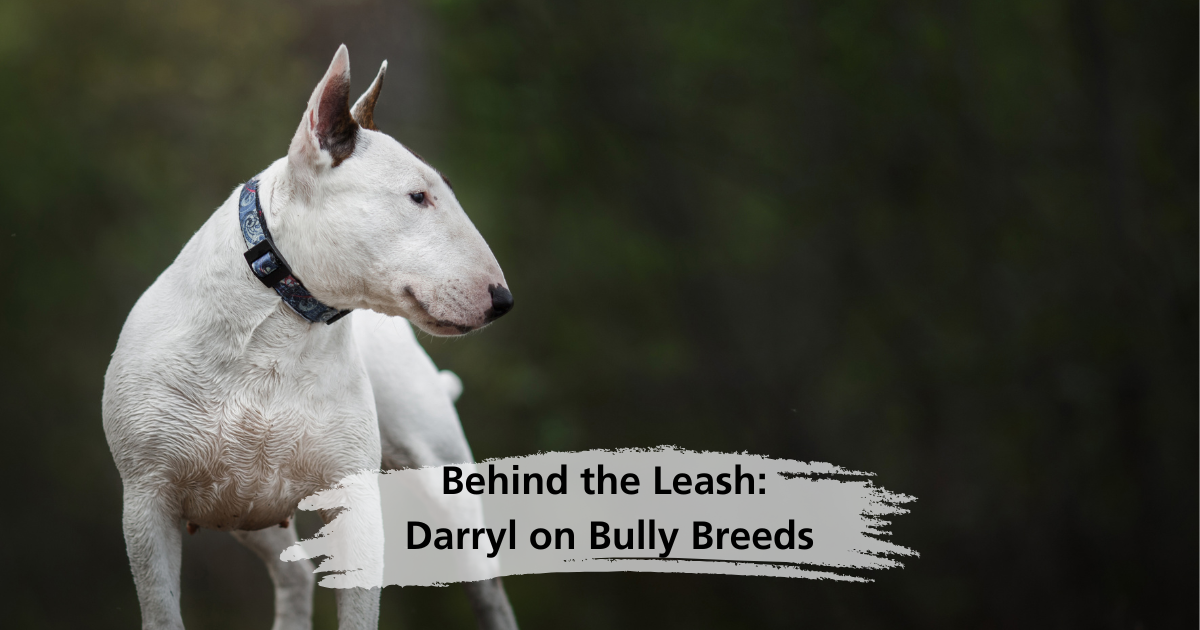
Meet Darryl Butler, owner of Butler’s Pet Feed in Harrisburg, PA
From rescuing strays as a young teen in Harrisburg, Pennsylvania, to becoming a passionate advocate and expert on Bully breeds, Darryl Butler has always had a special bond with dogs. His journey began with a Bull Terrier puppy named Kilo, a dog he had to hide from his family due to the breed’s negative reputation. But that same dog ended up changing hearts and opening minds, igniting a lifelong mission to challenge the stereotypes surrounding Bully breeds.
In this Q&A, Darryl shares how Bully breeds helped shape his life, the lessons he’s learned through research and hands-on experience, and the wisdom he now offers to others considering these loyal, complex companions. Whether you’re a longtime Bully breed lover or simply curious about their misunderstood nature, his insights offer both inspiration and practical advice.
What first inspired you to work with Bully breeds, and how has that journey evolved over the years?
I was inspired to work with and own Bully breeds at a young age. I was around 13 when I noticed they had developed a terrible reputation for being aggressive. Because of that, I wasn’t allowed to own one. At the time, I was already known in my community as the “dog guy” because I would rescue stray dogs and cats. Thanks to that reputation, someone gave me a Bull Terrier puppy that I had to keep secretly. Eventually, he started melting hearts in my family. His name was Kilo, and I used him to show the public that not all Bullies are bad.
How has your experience shaped your perspective on responsible Bully ownership?
Owning my first Bully breed gave me the challenge I was looking for. Now I had real-life proof to back up what I’d been saying about these dogs. But I didn’t stop there. I wanted to show my community, and myself, that multiple Bullies could live together peacefully if raised and cared for properly. That’s when this turned into a full-blown passion for learning and breeding. Honestly, these dogs saved my childhood. They kept me away from a lot of negative behavior growing up in the inner city of Harrisburg, PA.
What’s the biggest misconception you see about Bully breeds, and how do you address it in your training and education work?
Early on, I started researching where dog breeds came from and what they were originally bred to do. It became very clear to me that the Bully breed’s bad reputation came from human error, not the dogs themselves. That realization pushed me to carry an AKC dog encyclopedia with me everywhere. Using that book helped shut down arguments because I could show people proof that these dogs are now bred and recognized as companion pets. I still own that encyclopedia today, and I still use it to show people how far these breeds have come.
Can you share a success story where training made a huge difference in a Bully breed’s life?
In my journey with Bully breeds, I did run into a few high-drive bloodlines. But to be fair, there are plenty of high-drive dogs outside the Bully group too. The key is recognizing that those dogs need different training strategies and more engagement. The knowledge I gained from working through those challenges helped me guide other owners who were struggling with their Bullies. Being able to troubleshoot those situations and see the transformation—it’s what keeps me going.
What advice would you give to someone considering adopting a Bully breed?
I’d absolutely recommend Bullies to anyone looking for a loyal companion. But know what you’re signing up for. Take it seriously. Respect has to come first, love comes second. Get involved with a local dog group or work with a trainer to learn about training techniques, exercise routines, and general awareness. The more you educate yourself, the better life you’ll give your dog.
What’s one underrated tip you’d give anyone training their dog, regardless of breed?
One of the most underrated tips I give is this: treat your slip lead like a tool, not just a leash. Also, remember that training often goes against a dog’s natural survival instincts, so patience is everything. Never train your dog if you’re having a bad day and understand that dogs have bad days too. And most importantly, always end every training session on a good note.


